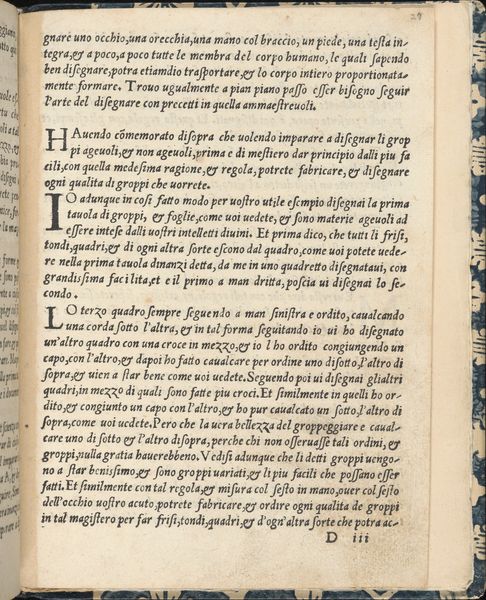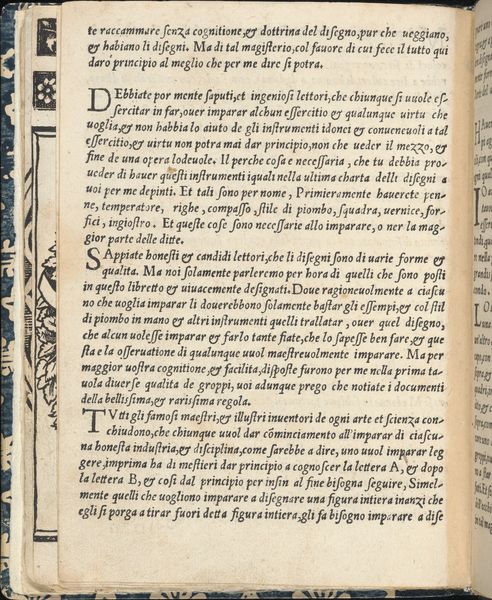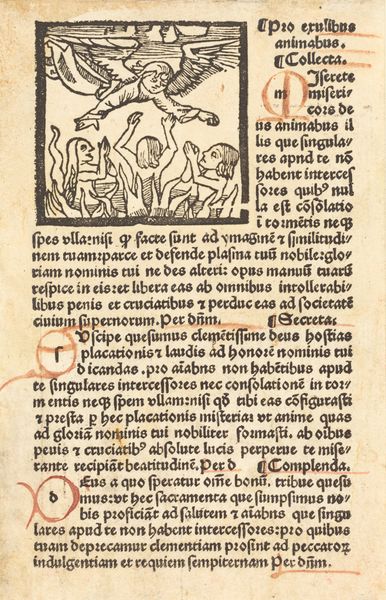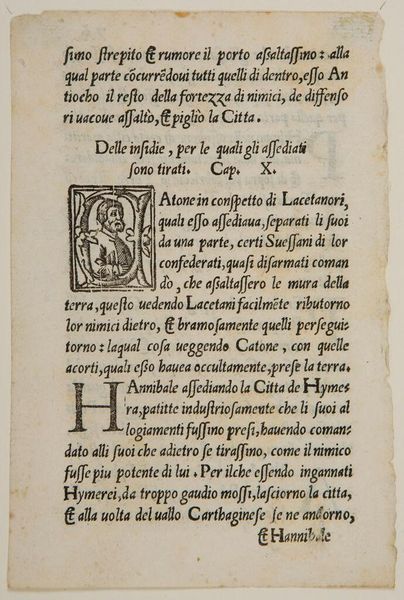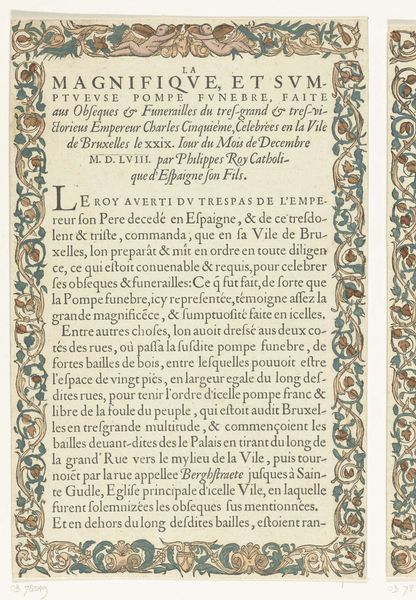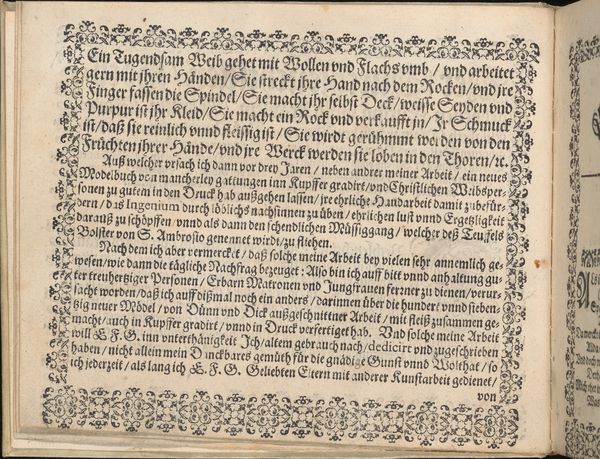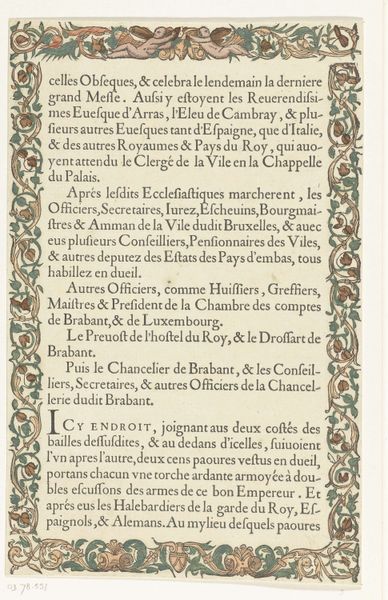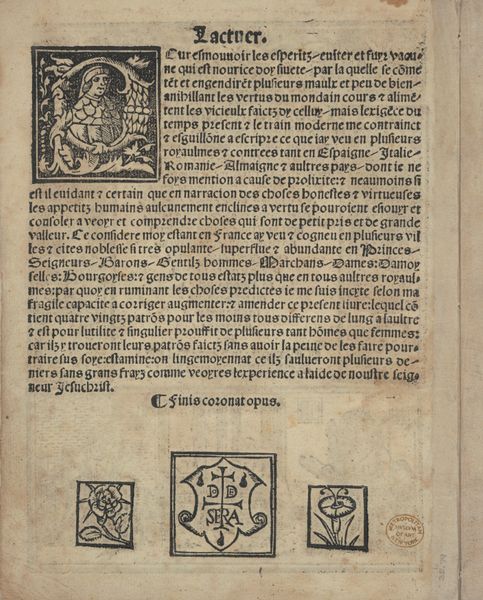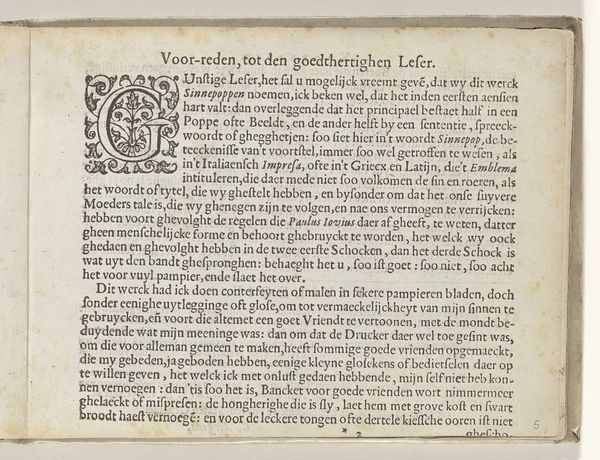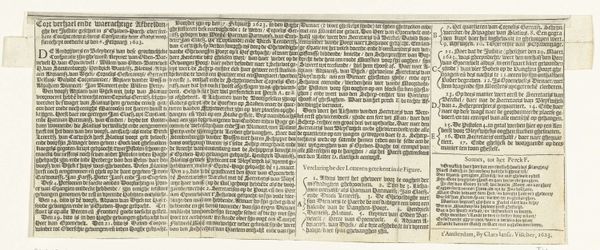
graphic-art, print, paper, typography, ink, engraving
#
graphic-art
# print
#
pen illustration
#
old engraving style
#
paper
#
text
#
typography
#
ink
#
northern-renaissance
#
engraving
Dimensions: height 121 mm, width 85 mm
Copyright: Rijks Museum: Open Domain
This print, now in the Rijksmuseum, was made around 1600 by Wierix. It’s an engraving, meaning that the artist used a tool called a burin to cut lines into a copper plate. Ink would then be applied to the plate, and the surface wiped clean, leaving ink only in the incised lines. The printmaker would then press paper against the plate, transferring the image. While the portrait itself is not present in the work in the Rijksmuseum, the inscription that accompanies it is a testament to the enduring power of craftsmanship and skill in the creation of art. It is a celebration of the artist's ability to capture the essence of nature and art through his work, and emphasizes the importance of diligence, virtue, and devotion in the pursuit of artistic excellence. The inscription conveys a sense of pride in the artist's accomplishments, as well as a desire for his work to be cherished and preserved by future generations. Consider all the labor that went into this small, unassuming object – the goldsmith, the engraver, the printer, all working to create an image and circulate it.
Comments
No comments
Be the first to comment and join the conversation on the ultimate creative platform.
